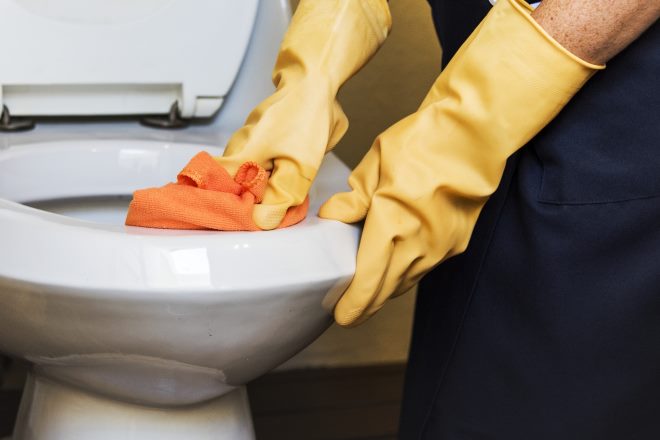The Evolution and Importance of Toilet Paper
Toilet paper is a common household item that plays a crucial role in personal hygiene and sanitation. This seemingly simple product has a rich history and has become an essential part of daily life for billions of people worldwide. From its origins to modern innovations, toilet paper has undergone significant changes to meet the evolving needs of consumers.

The popularity of toilet paper surged in the early 20th century, coinciding with improvements in manufacturing processes and increased awareness of sanitation. By the mid-1900s, toilet paper had become a standard item in most households across developed nations, cementing its place as an everyday necessity.
What are the different types of toilet paper available?
Today’s market offers a wide variety of toilet paper options to suit different preferences and needs:
-
Single-ply vs. Multi-ply: Single-ply toilet paper is thinner and more economical, while multi-ply (typically 2-4 ply) offers greater softness and strength.
-
Recycled vs. Virgin Fiber: Recycled toilet paper is made from post-consumer paper products, making it more environmentally friendly. Virgin fiber toilet paper is made from new wood pulp and is often softer.
-
Scented vs. Unscented: Some toilet papers come with added fragrances, while others remain unscented for those with sensitive skin or allergies.
-
Quilted vs. Flat: Quilted toilet paper features a textured surface for improved softness and absorbency, while flat options are smoother.
-
Biodegradable and Septic-Safe: These types are designed to break down quickly in septic systems or composting toilets.
What factors should be considered when choosing toilet paper?
Selecting the right toilet paper involves considering several factors:
-
Softness: This is a matter of personal preference, with some people prioritizing comfort over other features.
-
Strength and Durability: Stronger toilet paper can be more effective and economical, as less is needed per use.
-
Absorbency: Higher absorbency can lead to improved cleaning efficiency and reduced waste.
-
Environmental Impact: Recycled or bamboo-based options may appeal to eco-conscious consumers.
-
Cost: Balancing quality with affordability is important for many households.
-
Septic System Compatibility: Those with septic systems should choose toilet paper that breaks down easily to avoid clogs.
-
Skin Sensitivity: Individuals with allergies or sensitive skin may need to opt for unscented, hypoallergenic options.
How does toilet paper impact the environment?
The environmental impact of toilet paper production and usage is a growing concern. Traditional toilet paper manufacturing requires significant amounts of water, energy, and wood pulp, contributing to deforestation and carbon emissions. Additionally, the use of chlorine bleach in some production processes can lead to harmful chemical byproducts.
To address these issues, many manufacturers are adopting more sustainable practices:
-
Using recycled materials or alternative fibers like bamboo or sugarcane waste.
-
Implementing chlorine-free bleaching processes.
-
Reducing water and energy consumption in production.
-
Offering plastic-free packaging options.
Consumers can also make environmentally conscious choices by opting for recycled or sustainably sourced toilet paper, using bidets to reduce overall paper consumption, or exploring reusable cloth alternatives in some situations.
What innovations are shaping the future of toilet paper?
The toilet paper industry continues to evolve, with several innovations aimed at improving functionality, sustainability, and user experience:
-
Biodegradable and Flushable Wipes: While not traditional toilet paper, these products offer enhanced cleaning capabilities.
-
Bamboo and Alternative Fiber Papers: These options provide sustainable alternatives to wood pulp-based products.
-
Compact Rolls: Designed to reduce packaging waste and storage space.
-
Subscription Services: Direct-to-consumer models that offer convenience and often focus on eco-friendly options.
-
Smart Toilet Paper Dispensers: IoT-enabled devices that track usage and automate reordering.
As technology and environmental awareness continue to advance, we can expect further innovations in toilet paper design, production, and distribution to meet changing consumer demands and sustainability goals.
Toilet paper remains an essential household item, deeply ingrained in modern hygiene practices. While its basic function has remained unchanged for over a century, ongoing innovations in materials, production methods, and sustainability practices continue to shape its evolution. As consumers become more environmentally conscious and demand higher quality products, the toilet paper industry will likely continue to adapt, balancing comfort, efficiency, and ecological responsibility.





